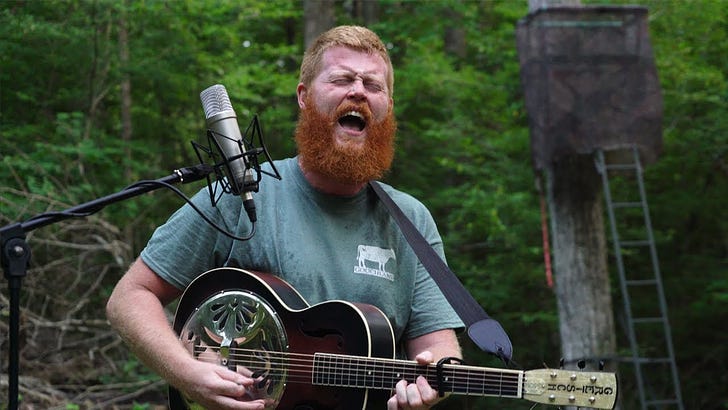This all started as a kind of private craziness amongst us newspaper people to understand what its like to be somewhere in North America… on March 4, 1979, the Post published the article that became this book.
…
Three reporters, for example, tried to explain the American southwest to me as “MexAmerica.” A “nation within a nation,” they called it… Where the gumbo of Dixie gives way to the refried beans of Mexico. The sound of Spanish fills the supermarkets and airwaves… A place where the question whether the American dream applies to kids born of people who have crossed the border illegally. It’s hot and dry. It has more big dreams per capita than any place you’ll ever know. Its capital is Los Angeles, but it stretches all the way to Houston…
Joel Garreau. Preface. ‘The Nine Nations of North America.’
“The Foundry’s capital must be Detroit. Its spiritual center is Cleveland. Its hope is Baltimore. Its shame is Cicero. This is the nation of The Foundry.” - pg. 58
…
“Moving west along the Foundry-Dixie line, we come to Washington, D.C…. it should be noted that its wealthy suburbs, like New York’s, are definitely part of the Foundry. They’re certainly not Dixie. In the Virginia state capital, Richmond, suburbs like Fairfax are viewed with awe and disbelief…. The majority of Virginians look at anything that goes on north of the Rappahannock River with suspicion.” - pg. 67
To this passage’s credit, the fault lines traced through it resonate in 2023 as much as in 1979. See -
…
”Critics ignore Indianapolis’ great strength. It is a nexus border town. It is the crossroads town where three nations meet: the Breadbasket, Dixie and the Foundry.” - pg. 71
The idea for this project ‘A Native People’s History of the United States’ was borne from overlaying the maps that Joel Garreau drew on the nations of the native people’s and noticing startling similarity. What he calls Dixie fits perfectly over the former Cherokee nation. The Foundry fits right over the Iroquois. Quebec is built on the conquered territory of the Huron and Inuit. New England is built atop the ashes of the Mohican, Pequot and Bedthok. The Breadbasket fits over the Sioux, Blackfoot and Comanche. And so it goes - one can trace the development of the United States and its micro-regions across the nations they displaced. It may be interesting to see what may be drawn by comparing these former nations with the regions that have now grown atop them.
I intend to start with the most similar pieces of the puzzle, the Iroquois-Foundry and Cherokee-Dixie. The Foundry and Dixie are also the primary nations involved in the American civil war (and New England). From a cursory look - the Cherokee owned slaves and fought with the confederacy in the civil war. The Iroquois nation was a conglomerate tribe with democratic forms for settling disagreements among the tribes. Could one draw a line from that context to the hyper politicized process of the Foundry today - the clash of workers and unions? The power of politicians like Mayor Daley? There is a premise that land shapes culture and people. Americans with African, Asian or European ancestry have one thing more in common with the native Americans that lived here than their ancestors - they were born of this land.
Having crisscrossed the nation many times, having been thru every one, and having lived in eight of the nine nations - born in Mexamerica on the tip of its Eastern horn and also lived in its capital. I find the premise of the Nine Nations to be spot on then as now. In so far as that premise is taken then the overlay of those nations boundaries on the native American nations that were conquered and destroyed to make way makes sense to continue writing on. Preliminary research now finding sources, reading, taking notes and synthesizing. May be more to come.



